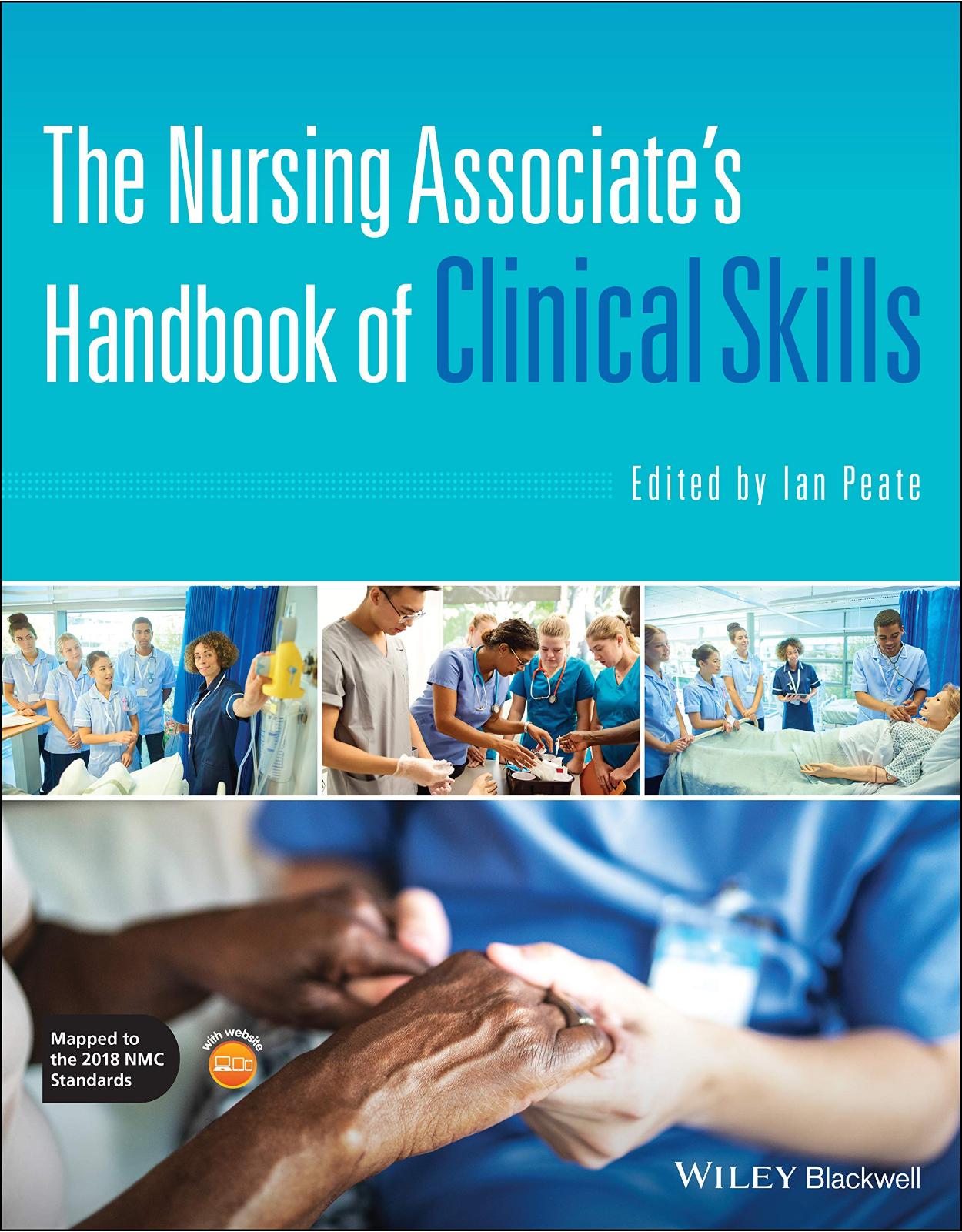
The Nursing Associate′s Handbook of Clinical Skills
Livrare gratis la comenzi peste 500 RON. Pentru celelalte comenzi livrarea este 20 RON.
DESCRIPTION:
The Nursing Associate’s Handbook of Clinical Skills
The Nursing Associate’s Handbook of Clinical Skills provides evidence-based guidance for those undertaking the newly developed Nursing Associate (NA) role that bridges the gap between the Health Care Assistant (HCA) and the Registered Nurse (RN). Structured around the latest Nursing and Midwifery Council (NMC) Proficiencies, this invaluable handbook helps the prospective Nursing Associates develop the skills and core competencies required to succeed in a broad range of healthcare contexts—covering more than 90 procedures, and communication and relationship management skills.
This timely resource features contributions from a team of experienced clinicians and academics, addressing clinical procedures on topics including skin integrity, nutrition and hydration, mobility and safety, respiratory care, managing infection, administering medicine, and end of life care. Clear, accessible chapters contain a wealth of effective learning tools, including self-assessment tests, review questions, links to electronic resources, supporting evidence, and more. This must-have textbook:
Helps trainee Nursing Associates to develop and refine their skills, and demonstrate proficiency in offering care and support
Reflects current NMC annexes, providing practical guidance on a diverse range of communication skills, strategies and procedures
Covers the central elements of Nursing Associate care provision, including delivery, monitoring, and reviewing
Includes colour illustrations, photographs, tables, charts, graphs, and algorithms designed to develop skills and demonstrate the links between theory and practice
Presenting the principles of care essential for meeting the needs of patients in dynamic health and social care environments, The Nursing Associate’s Handbook of Clinical Skills is an indispensable guide for trainee Nursing Associates, as well as for health and social care assistants and those returning to practice.
Table of Contents:
Communication and relationship management skills
1 Theories and models of communication
2 Approaches to effective communication
3 Interpersonal skills and therapeutic relationship skills
4 Working in a team
5 Listening actively
6 Information gathering
7 Escalating concerns
8 Written communication
9 Addressing compliments and complaints
Annexe B
Procedures
Unit 1 Procedures to enable effective monitoring of a person’s condition
10 Vital signs
11 Venepuncture
12 ECG recording
13 Blood glucose assessment
14 Specimen collection
15 Recognising and escalating signs of all forms abuse
16 Recognising and escalating signs of self-harm and/or suicidal ideation
17 Basic mental health first aid
18 Basic first aid
Unit 2 Procedures for provision of person-centred nursing care
19 Pain
20 Promoting comfort in bed
21 Maintaining privacy and dignity
22 Promoting sleep
Unit 3 Provide care and support with hygiene and the maintenance of skin integrity
23 Re-assessment of skin
24 Supporting a person’s skin integrity
25 Reassessment of hygiene status supporting a person’s hygiene needs
26 Providing oral and dental care
27 Providing eye care
28 Providing nail care
29 Monitoring of wounds and providing wound care
Unit 4 Provide support with nutrition and hydration
30 Using nutritional assessment tools
31 Assisting people with feeding and drinking
32 Fluid balance
Unit 5 Provide support with maintaining bladder and bowel health
33 Observing and monitoring urinary and bowel continence
34 Recognising bladder and bowel patterns
35 Care and management of people with urinary catheters
36 Assisting with toileting and choosing and using appropriate continence products
Unit 6 Provide support with mobility and safety
37 Risk assessment tools associated with mobility and falls
38 Using a range of moving and handling techniques, aids and equipment
Unit 7 Provide support with respiratory care
39 Managing the administration of oxygen
40 Measuring respiratory status
41 Using nasal and oral suctioning techniques
42 Managing inhalation, humidifier and nebulizer devices
Unit 8 Preventing and managing infection
43 Recognising and responding rapidly to potential infection risk
44 Using aseptic non-touch technique
45 Using appropriate Personal Protective Equipment
46 Implementing isolation procedures
47 Using hand hygiene techniques
48 Decontaminating equipment and the environment
49 Safely handling waste, laundry and sharps
Unit 9 Meeting needs for care and support at the end of life
50 Recognising responding to the needs of those at the end of their lives
51 Review of care of those people and their families at the end of their lives
52 Providing care for the deceased
Unit 10 Procedural competencies for administering medicine safely
53 Reviewing a person’s ability to administer their own medicines
54 Undertaking accurate drug calculations
55 Accountability in ensuring the safe administration of medicine
56 Administering medicines
57 Managing the effectiveness of symptom relief medications
58 Recognising and responding to adverse effects of medications
59 Storage, transportation and disposal of medicinal products
| An aparitie | 13 May 2021 |
| Autor | Ian Peate |
| Dimensiuni | 21.59 x 2.03 x 27.69 cm |
| Editura | Wiley |
| Format | Paperback |
| ISBN | 9781119642305 |
| Limba | Engleza |
| Nr pag | 592 |

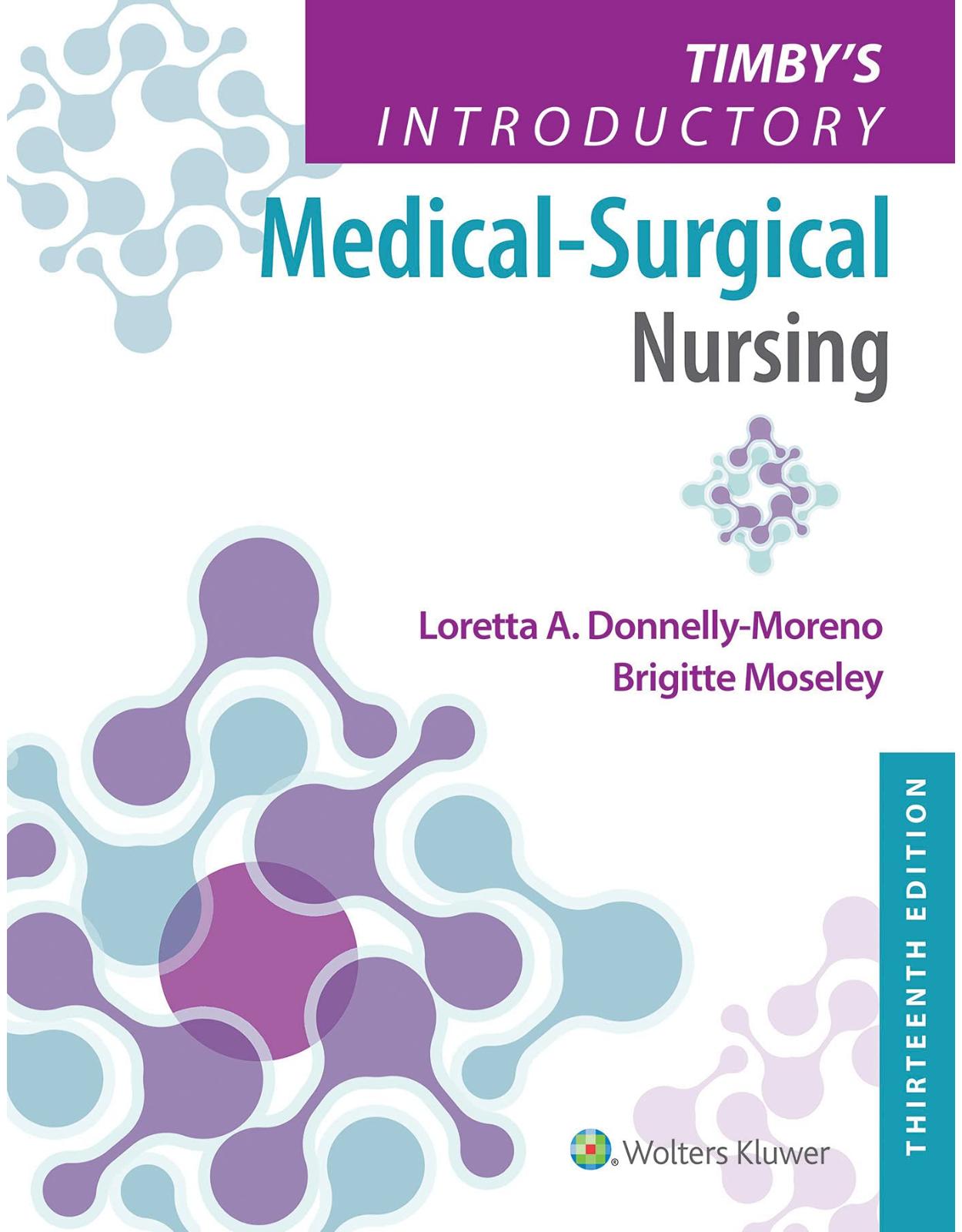
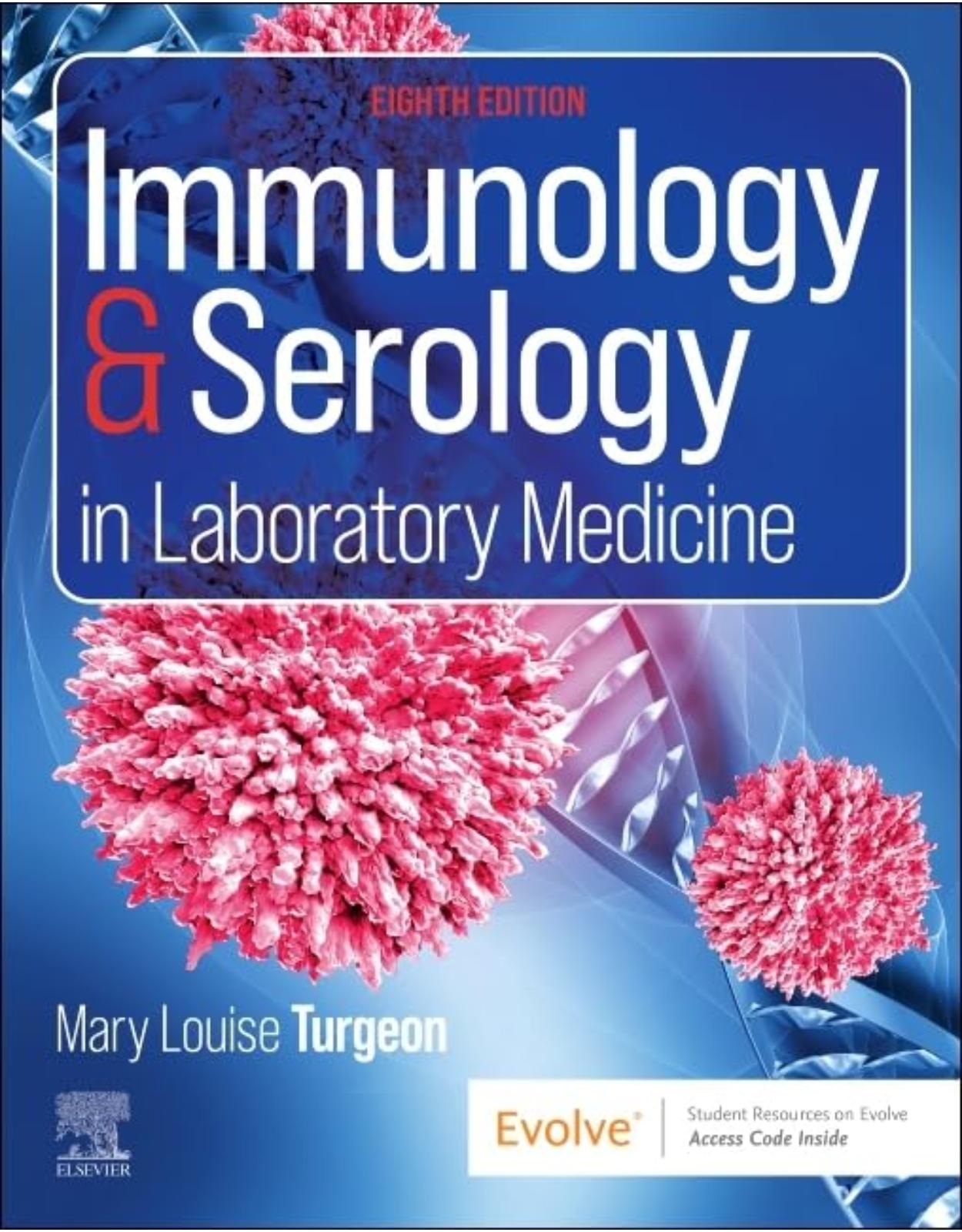
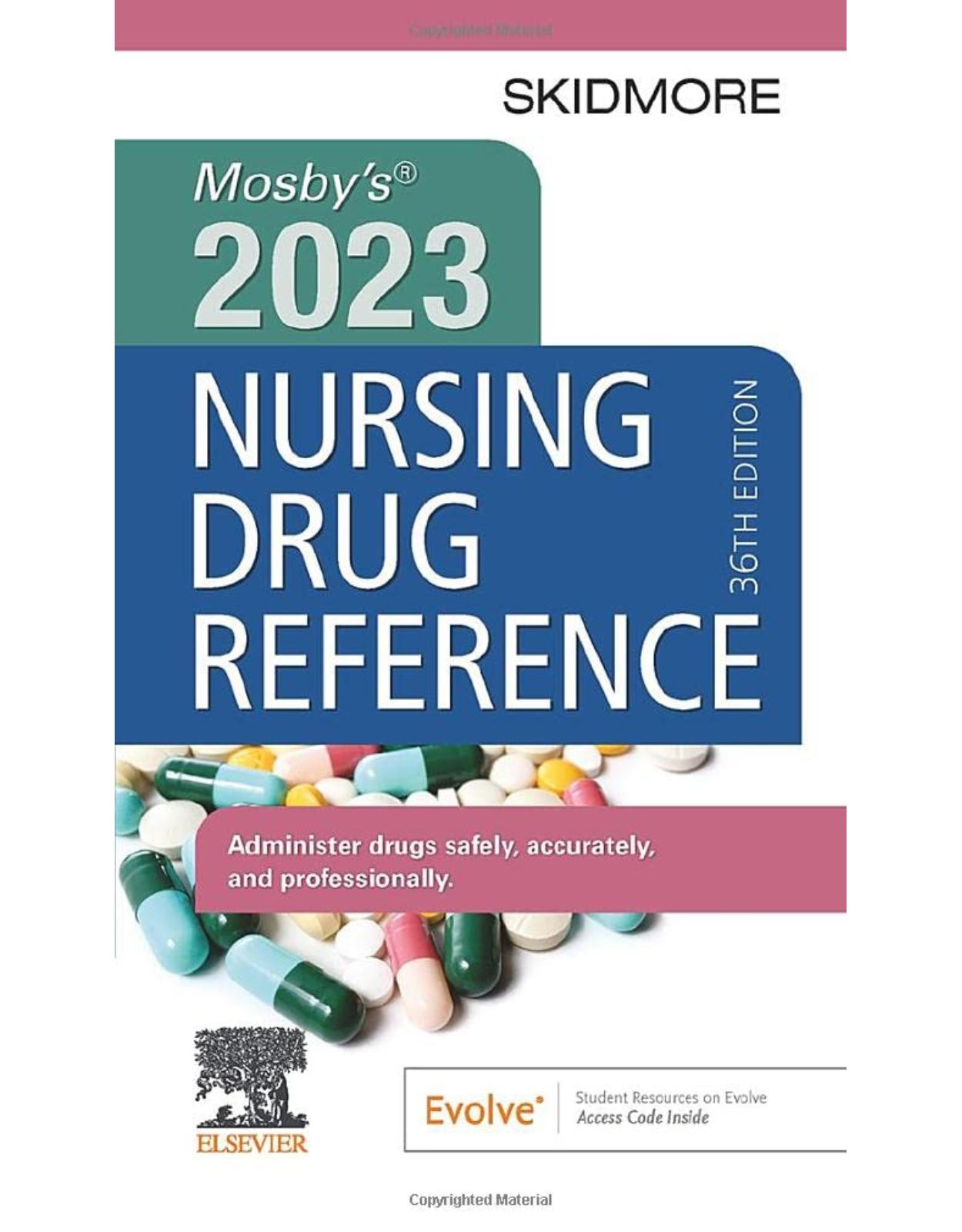
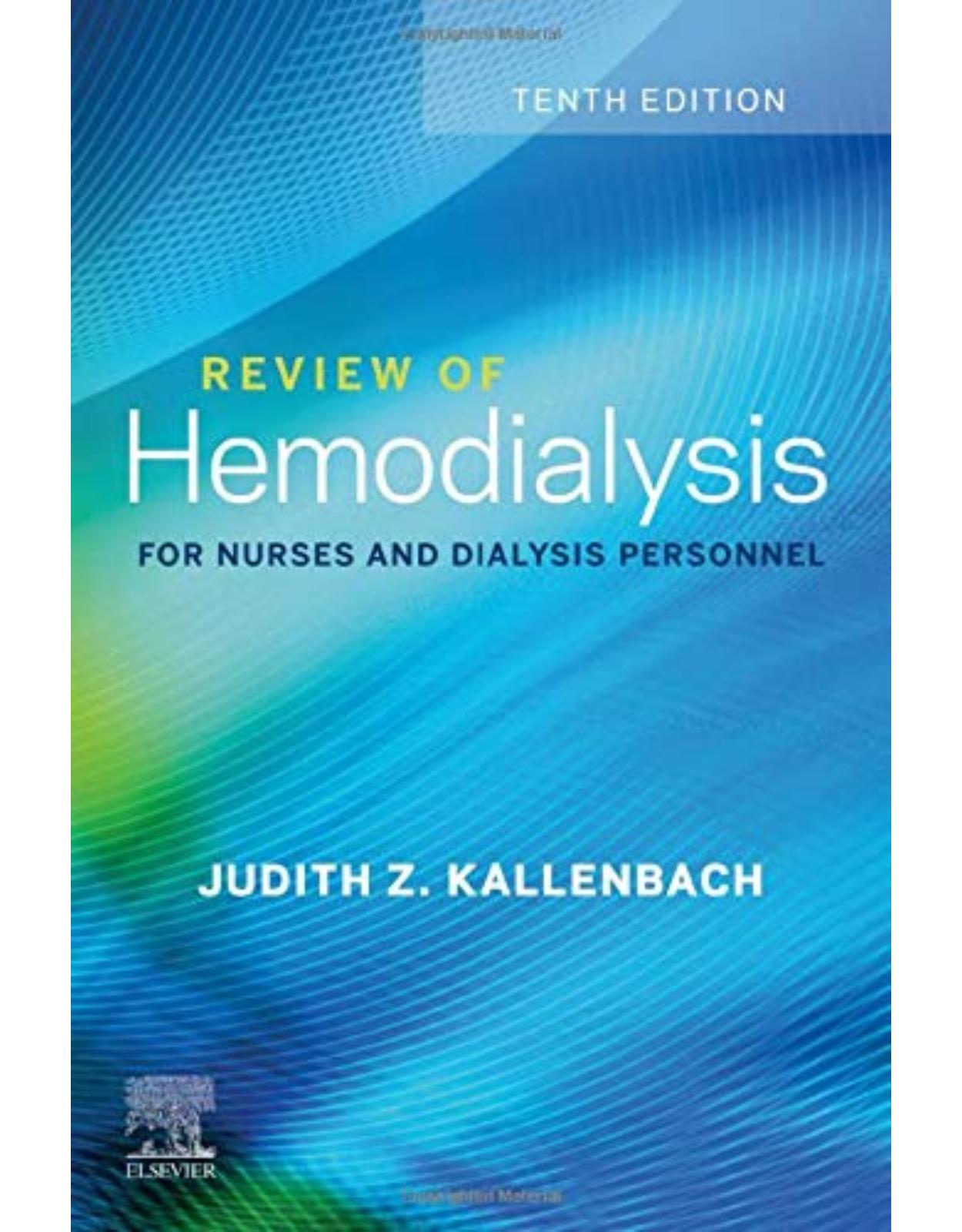
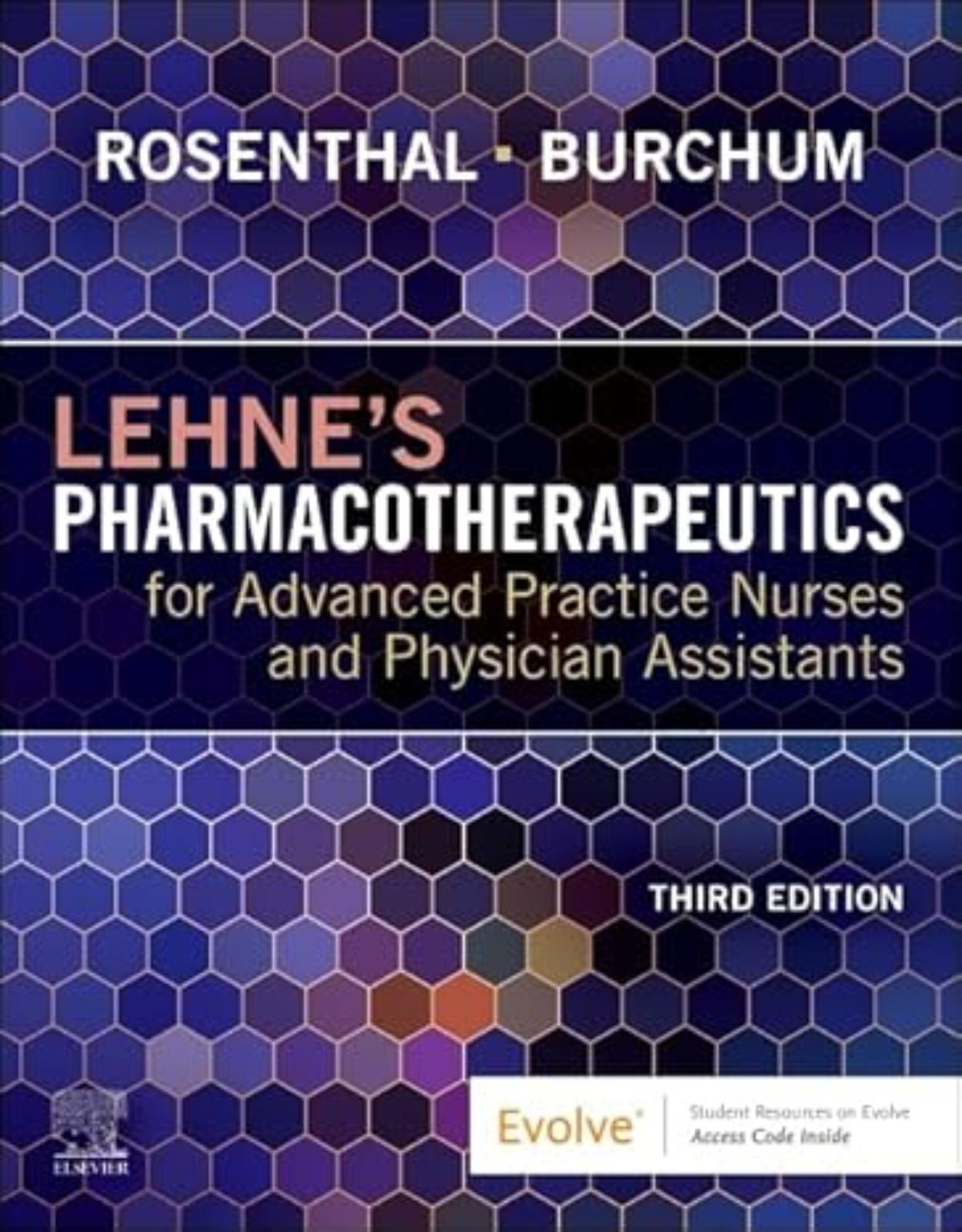
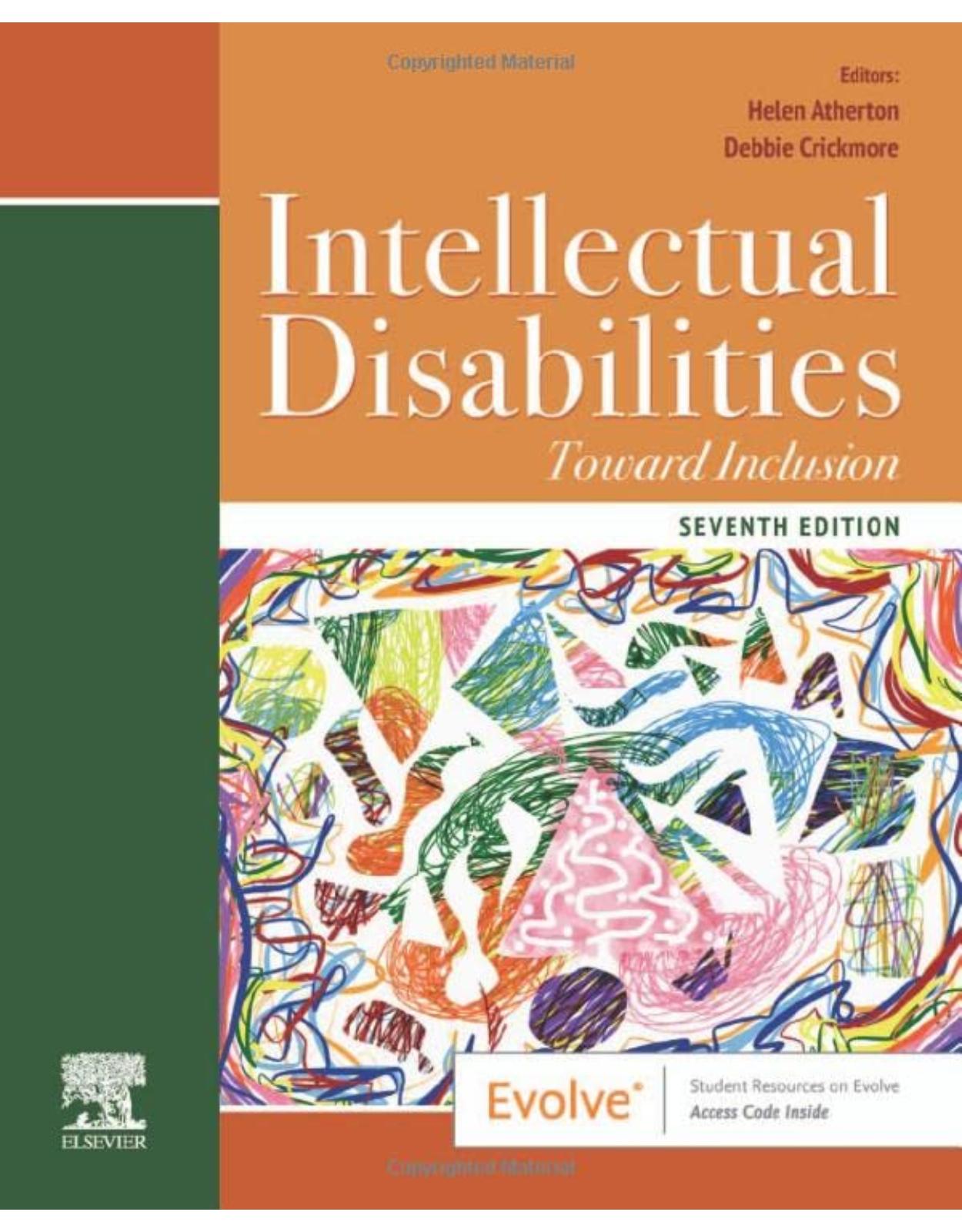
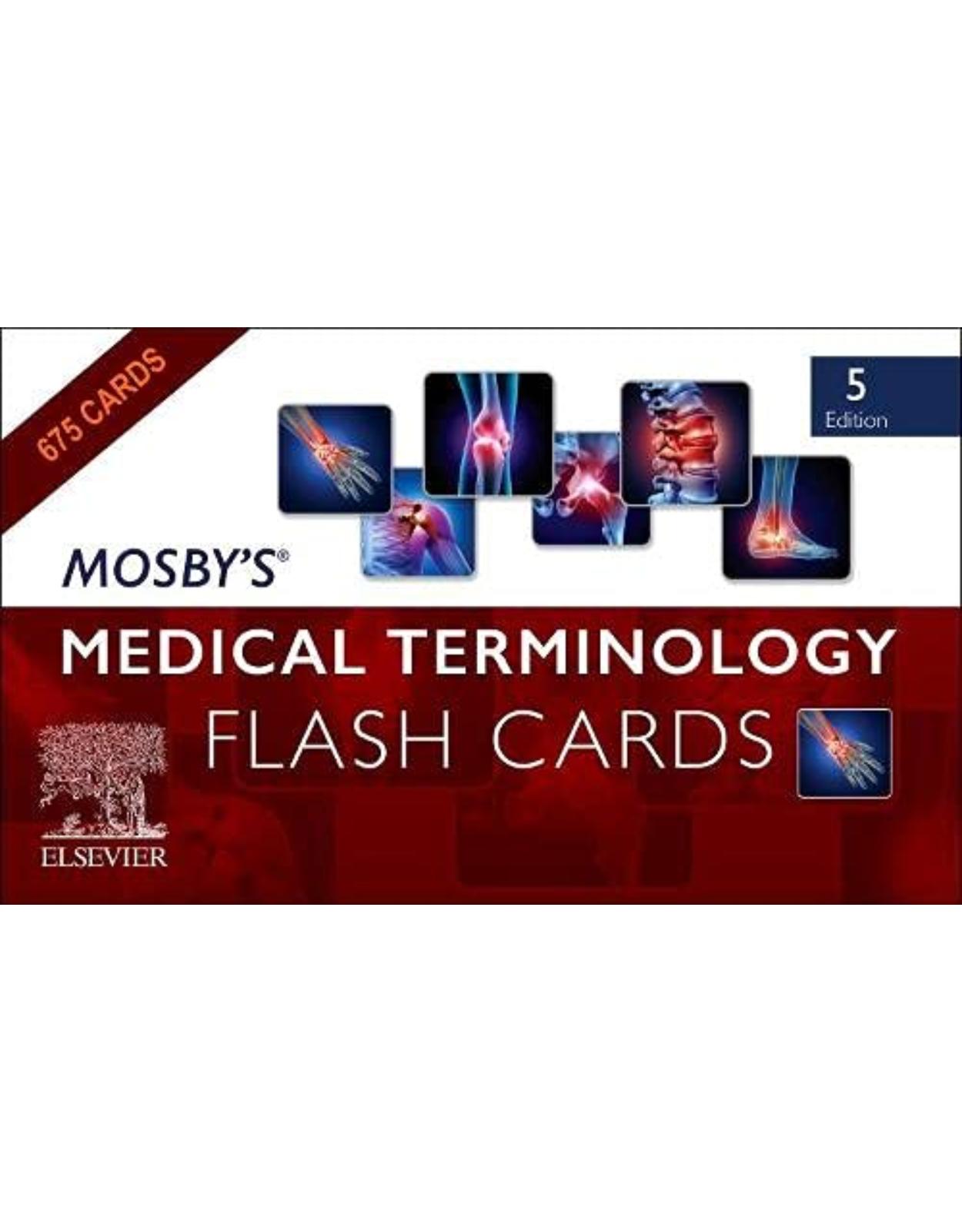
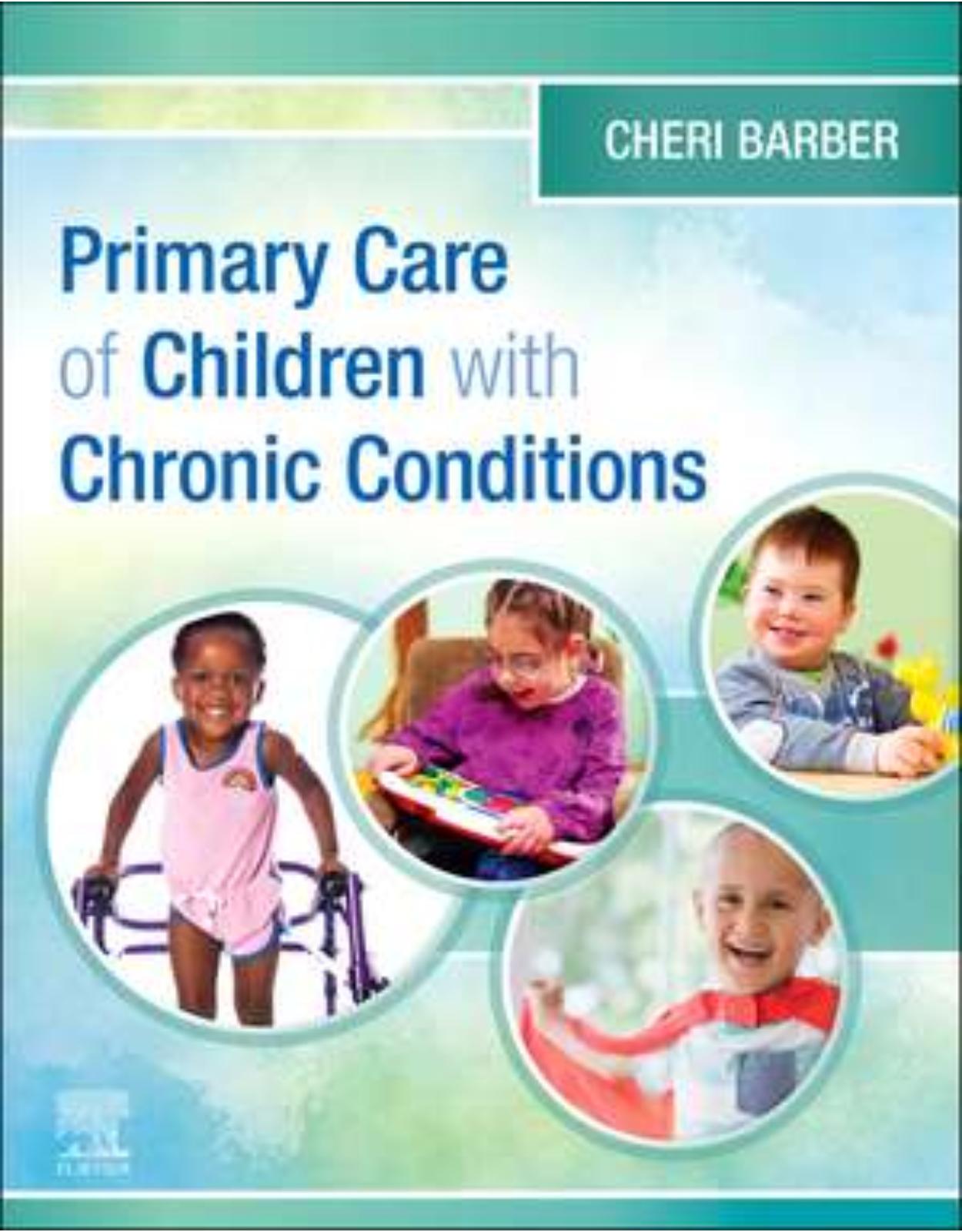
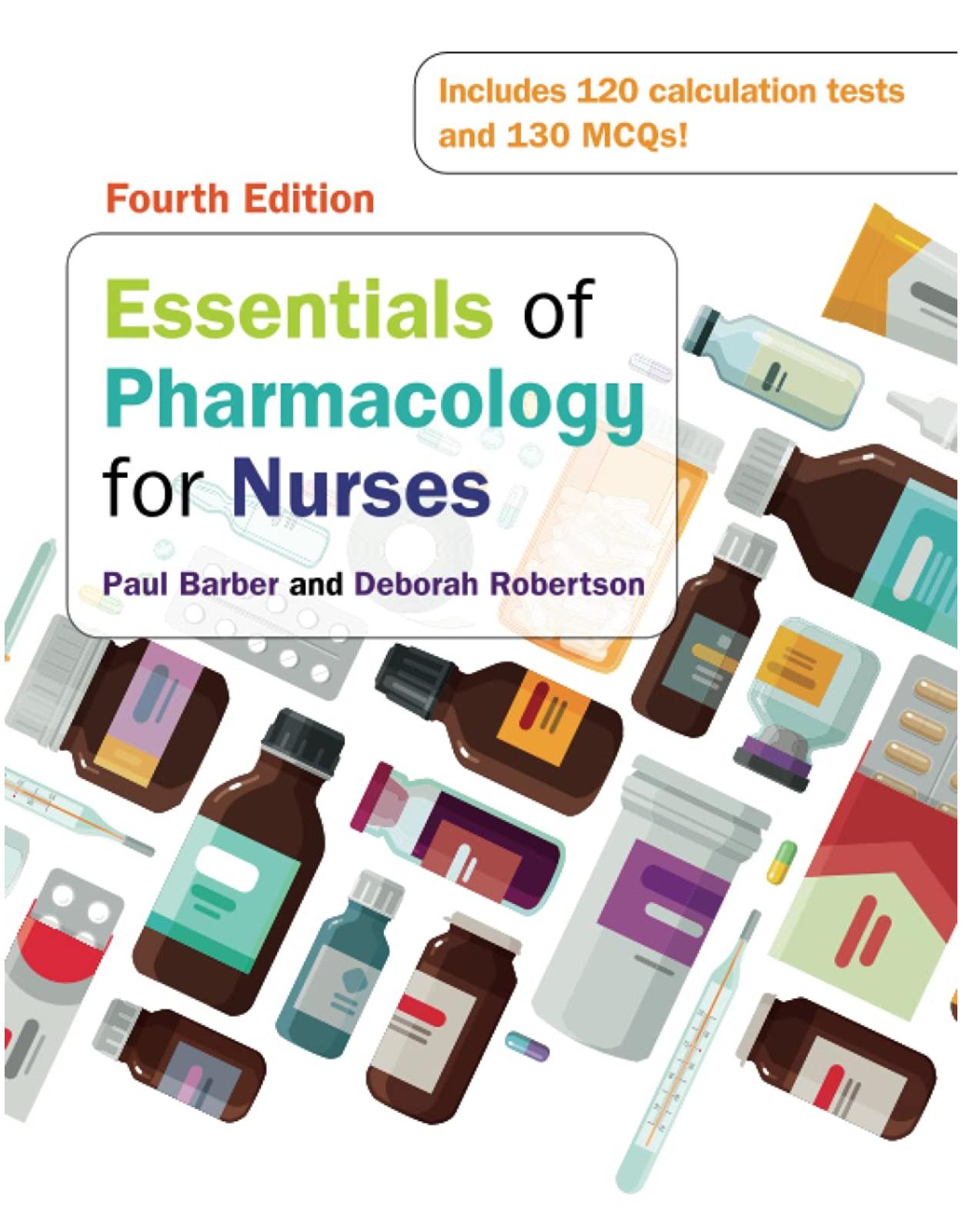
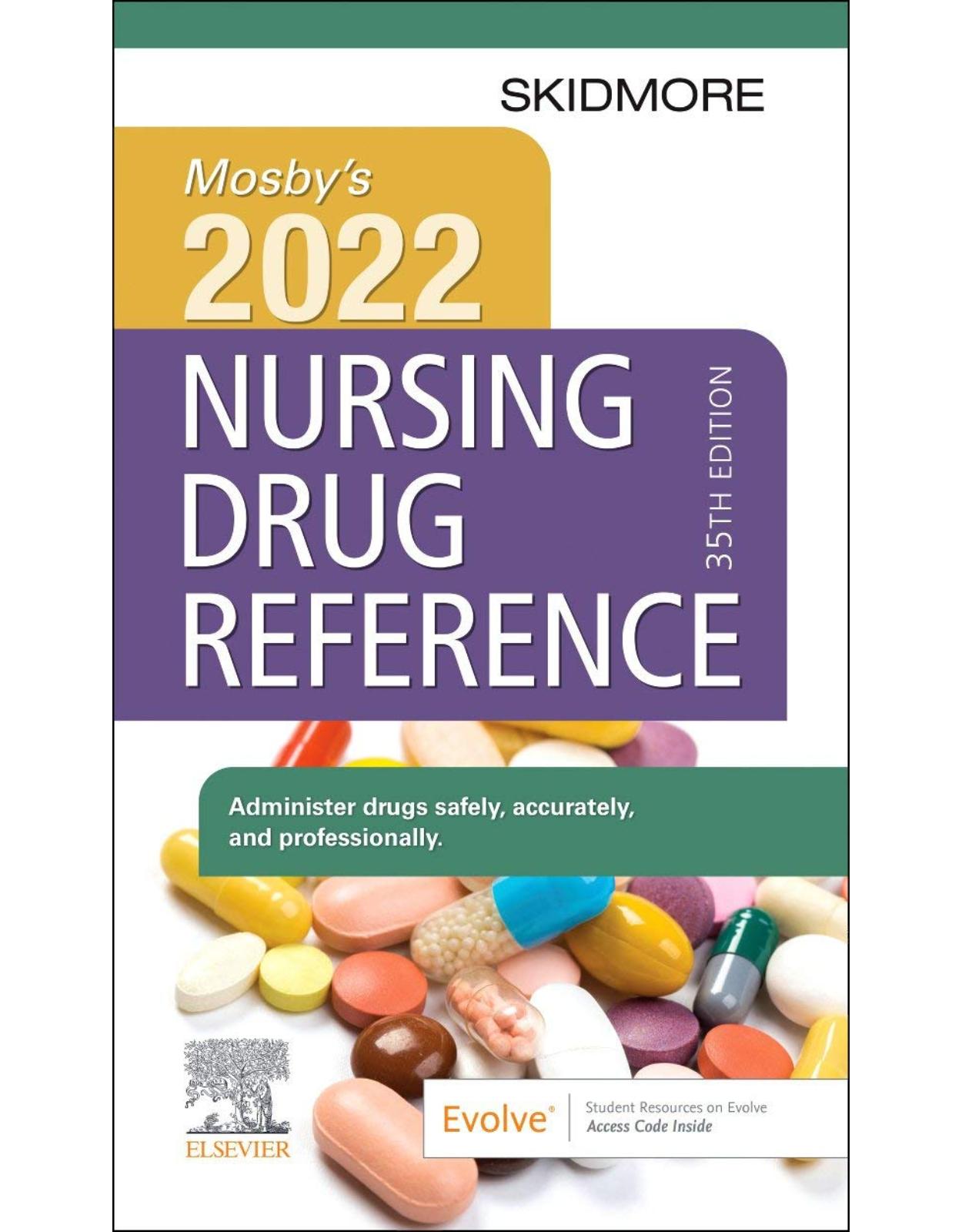
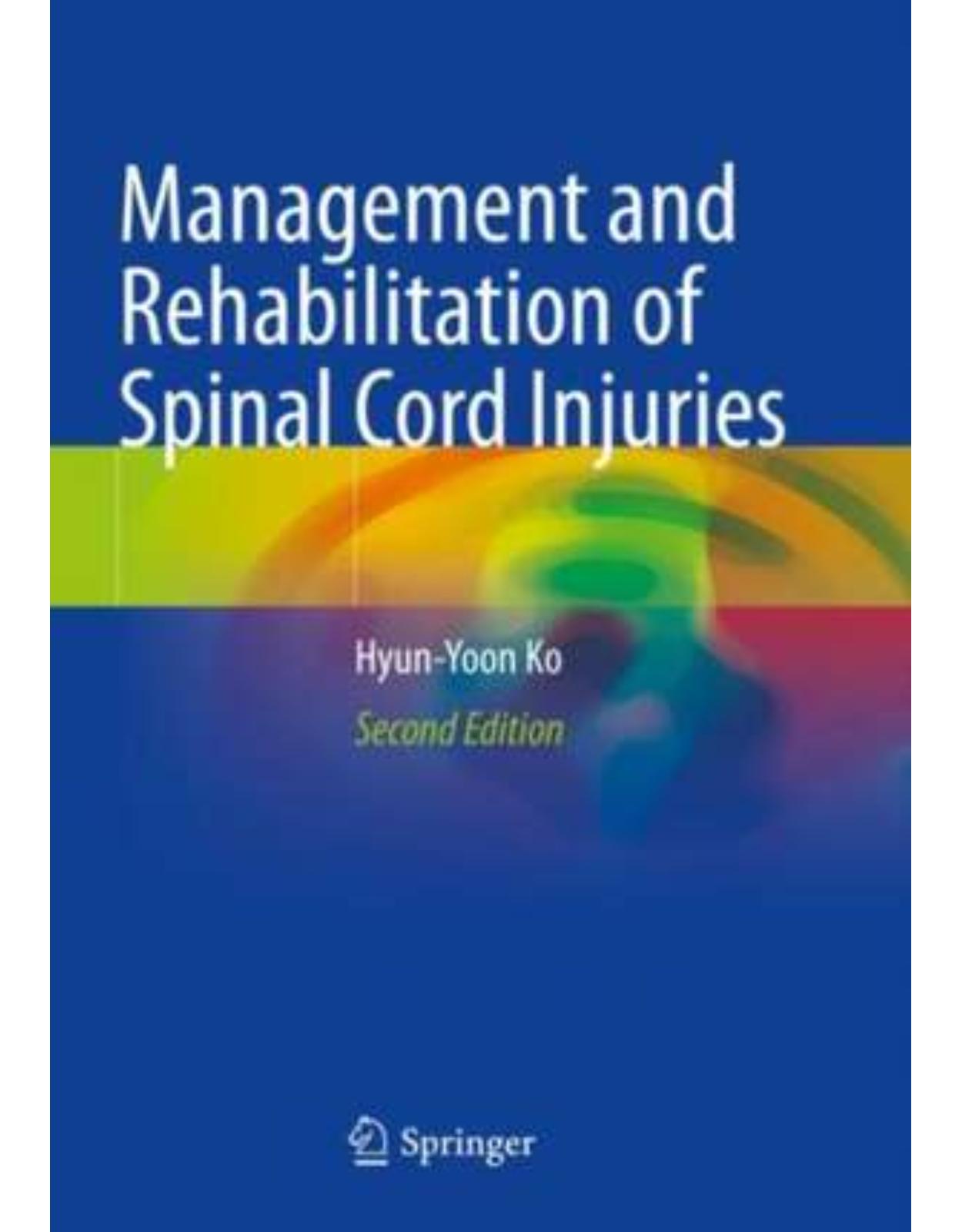

Clientii ebookshop.ro nu au adaugat inca opinii pentru acest produs. Fii primul care adauga o parere, folosind formularul de mai jos.